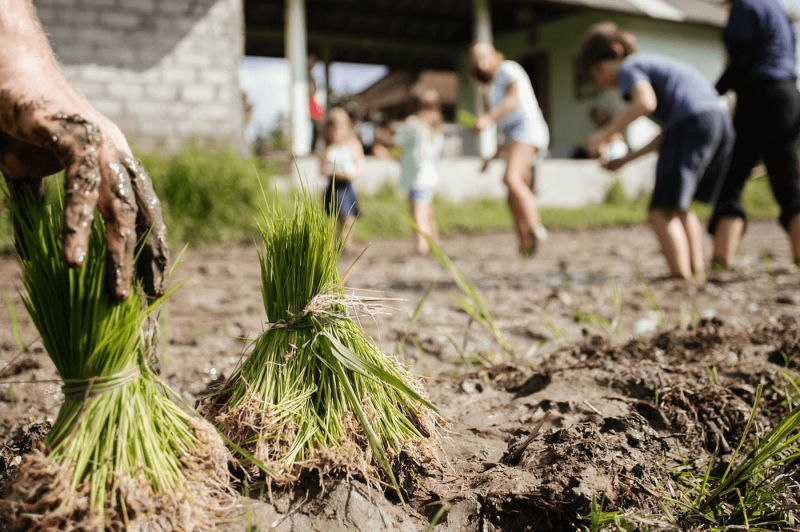To understand just how powerful genetic tools can be in agriculture, take a look at [Pamela Ronald, a plant geneticist at UC Davis] project developing flood-resistant rice.
…
Using modern genetic tools including one called marker-assisted breeding, the researchers were able to breed the gene responsible for flood-tolerance, called Sub1, into popular rice varieties. In controlled experiments, researchers compared Sub1 rice to standard varieties by growing both for a four-month period that included a two-week flood. In flooded conditions, the Sub1 gene increased rice yields by 60%.
“The most effective and amazing carbon removal technology is photosynthesis,” Ronald said in our interview.
Plants naturally draw down carbon dioxide and transform it into complex compounds like sugars. Many of the sugars made in photosynthesis are eventually broken down again, returning to the atmosphere. But some carbon stays in the soil—and Ronald and her team want to help bump up how much.
There are a few prongs to this plan.
- Boost photosynthesis, so crops can grow more quickly and suck up more carbon.
- Grow plants with especially long roots, so that more carbon ends up deep underground.
- Help plants associate with specific bacteria. This one is a bit complicated, but basically some bacteria help mineralize carbon dioxide underground, trapping it.
In addition to tweaking plants, researchers will work to better understand how carbon is moving through plants and the surrounding environment to see how much they’re actually helping.































